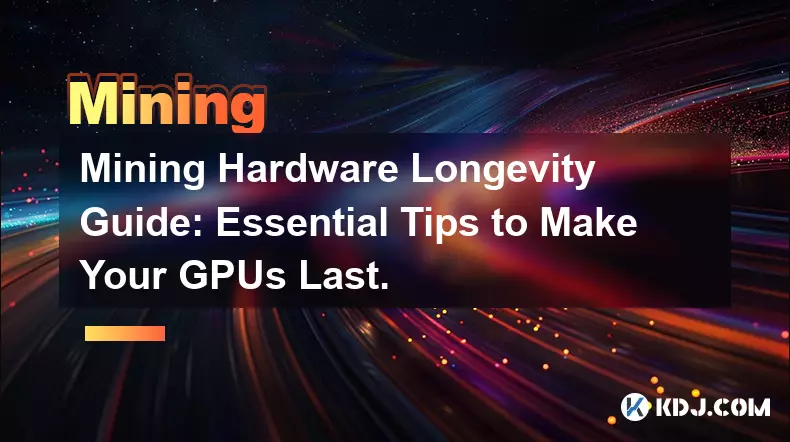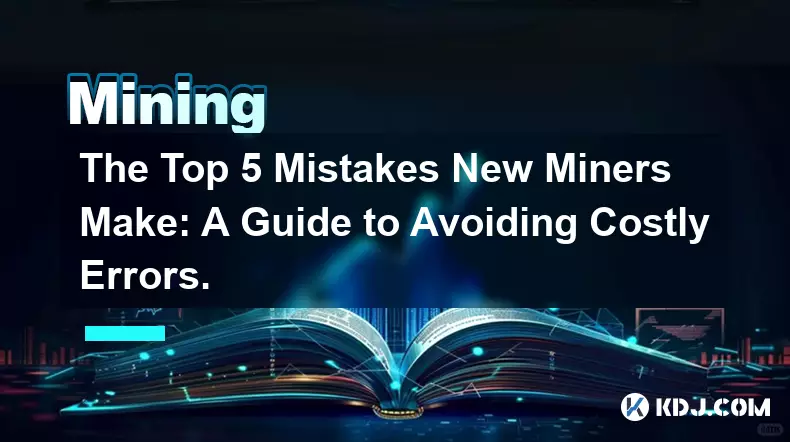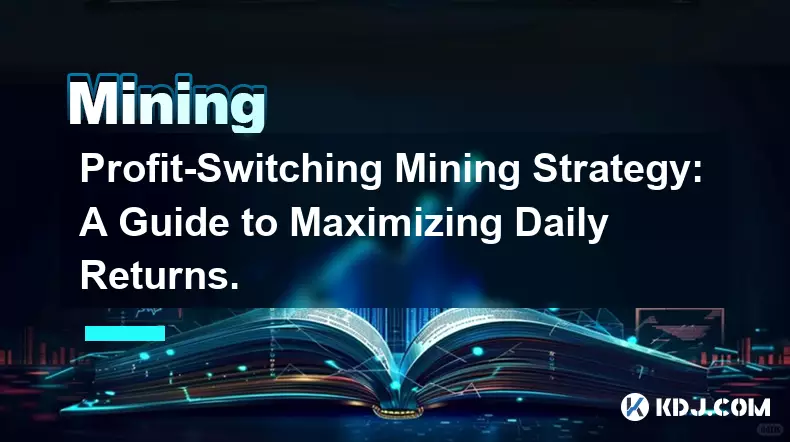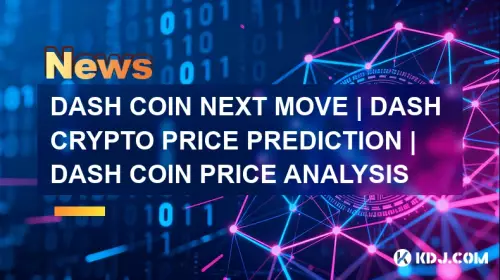-
 bitcoin
bitcoin $107015.826941 USD
-2.18% -
 ethereum
ethereum $3637.352324 USD
-5.18% -
 tether
tether $0.999831 USD
-0.02% -
 xrp
xrp $2.338078 USD
-6.23% -
 bnb
bnb $998.272150 USD
-6.97% -
 solana
solana $167.598257 USD
-10.12% -
 usd-coin
usd-coin $0.999863 USD
0.01% -
 tron
tron $0.282573 USD
-5.09% -
 dogecoin
dogecoin $0.169891 USD
-7.39% -
 cardano
cardano $0.557554 USD
-7.03% -
 hyperliquid
hyperliquid $39.914802 USD
-5.85% -
 chainlink
chainlink $15.414549 USD
-9.97% -
 bitcoin-cash
bitcoin-cash $510.361911 USD
-4.26% -
 ethena-usde
ethena-usde $0.999194 USD
-0.03% -
 stellar
stellar $0.282092 USD
-6.07%
How to start mining Kaspa (KAS)?
Kaspa mining uses kHeavyHash on a blockDAG structure, with 1-second blocks and dynamic difficulty, favoring GPUs or ASICs for efficient participation.
Oct 27, 2025 at 09:24 pm

Understanding Kaspa Mining Basics
1. Kaspa (KAS) operates on a Proof-of-Work consensus mechanism, making mining a core component of its network security and transaction validation.
2. Unlike traditional blockchains with linear chains, Kaspa uses a blockDAG (Directed Acyclic Graph) structure called GHOSTDAG, allowing for high block rates and faster confirmations.
3. Miners compete to solve cryptographic puzzles using hashing algorithms, specifically kHeavyHash, which is derived from HeavyHash and designed to resist ASIC centralization in early stages.
4. Mining rewards are distributed based on the block’s position within the DAG, incentivizing miners to build on valid tips and maintain network integrity.
5. The high block generation rate—currently one block per second—means frequent opportunities for earning block rewards, though difficulty adjustments occur dynamically.
Hardware and Software Requirements
1. While early mining favored GPUs due to kHeavyHash's memory-hard characteristics, some ASIC models have begun supporting Kaspa, increasing competition.
2. For GPU mining, NVIDIA cards such as the RTX 3060 Ti, 3070, and higher perform efficiently, while AMD cards like the RX 6700 XT also show strong hashrates.
3. A stable power supply, adequate cooling, and sufficient RAM (at least 8GB) are essential for uninterrupted operations.
4. Miners need to install compatible software such as GMiner, LOLMiner, or UniMiner, all of which support kHeavyHash and offer user-friendly configuration options.
5. Configuration involves setting up wallet addresses, selecting a mining pool, and adjusting intensity settings to balance performance and hardware longevity.
Selecting a Mining Pool and Wallet Setup
1. Solo mining is impractical for most due to high difficulty; joining a mining pool increases chances of consistent payouts.
2. Popular pools include Kusowa, MineZ, and Suprnova, each offering different fee structures, payout methods (PPS, FPPS), and server locations.
3. Register an account with the chosen pool, configure worker names, and securely store login credentials.
4. A secure wallet is required to receive mined KAS; official options include the Kaspa Command Line Wallet (kaspawallet) and GUI wallets like Simple Wallet or Electron.
5. Always back up your wallet’s mnemonic phrase offline and never share it; losing access means losing funds permanently.
Frequently Asked Questions
What is the current block reward for Kaspa mining?Kaspa follows a halving schedule similar to Bitcoin, starting at 32 KAS per block and reducing by half every 6 months. The current reward depends on the number of halvings that have occurred since genesis.
Can I mine Kaspa using a CPU?CPU mining is no longer viable due to low hashrate output compared to GPUs and emerging ASICs. The computational demands make CPUs inefficient for generating meaningful rewards.
How often are mining rewards distributed by pools?Payout frequency varies by pool. Some distribute rewards every few minutes based on submitted shares, while others use thresholds or time-based cycles to minimize transaction fees.
Is cloud mining available for Kaspa?Limited cloud mining services support Kaspa, but users should exercise caution. Many platforms lack transparency or operate fraudulently. Direct control over hardware remains the safer option.
Disclaimer:info@kdj.com
The information provided is not trading advice. kdj.com does not assume any responsibility for any investments made based on the information provided in this article. Cryptocurrencies are highly volatile and it is highly recommended that you invest with caution after thorough research!
If you believe that the content used on this website infringes your copyright, please contact us immediately (info@kdj.com) and we will delete it promptly.
- Red Poppy Coin, Australia: A Collector's Guide to the 2025 Release
- 2025-11-04 11:00:15
- Shiba Inu Gets the Nod: Good News for SHIB Holders!
- 2025-11-04 09:35:12
- PI Faces Scrutiny, LINK Gains, BlockDAG Miner Momentum: A Crypto Triad
- 2025-11-04 09:35:12
- Spare Change, Cash, and Bang for Your Buck: A New Yorker's Guide
- 2025-11-04 11:30:01
- Aster, CZ, and $25M: Decoding the DeFi Drama
- 2025-11-04 11:30:01
- Blazpay: The Next Big Crypto Coin Ready to Explode?
- 2025-11-04 09:00:01
Related knowledge

Mining Hardware Longevity Guide: Essential Tips to Make Your GPUs Last.
Nov 01,2025 at 04:00pm
Mining Hardware Longevity Guide: Essential Tips to Make Your GPUs LastAs cryptocurrency mining continues to attract both hobbyists and professionals, ...

The Top 5 Mistakes New Miners Make: A Guide to Avoiding Costly Errors.
Nov 01,2025 at 10:18am
The Top 5 Mistakes New Miners Make: A Guide to Avoiding Costly Errors Entering the world of cryptocurrency mining can be both exciting and overwhelmin...

The Miner's Guide to Market Cycles: When to Hold and When to Sell.
Nov 03,2025 at 07:55pm
The Miner's Guide to Market Cycles: When to Hold and When to Sell Bitcoin mining has evolved from a hobbyist pursuit into a highly competitive, capita...

Profit-Switching Mining Strategy: A Guide to Maximizing Daily Returns.
Nov 03,2025 at 11:55am
Understanding Profit-Switching in Cryptocurrency Mining1. Profit-switching is a dynamic mining strategy that automatically redirects computational pow...

Setting Up Mining Alerts: A Guide to Monitoring Your Rigs 24/7.
Nov 03,2025 at 02:54pm
Why Continuous Monitoring Is Crucial in Cryptocurrency Mining1. Cryptocurrency mining operations rely heavily on hardware stability and network connec...

Understanding Pool Luck and Variance: An Essential Guide for Miners.
Nov 03,2025 at 10:01pm
What Is Pool Luck in Cryptocurrency Mining?1. Pool luck refers to the statistical measure of how frequently a mining pool finds blocks compared to the...

Mining Hardware Longevity Guide: Essential Tips to Make Your GPUs Last.
Nov 01,2025 at 04:00pm
Mining Hardware Longevity Guide: Essential Tips to Make Your GPUs LastAs cryptocurrency mining continues to attract both hobbyists and professionals, ...

The Top 5 Mistakes New Miners Make: A Guide to Avoiding Costly Errors.
Nov 01,2025 at 10:18am
The Top 5 Mistakes New Miners Make: A Guide to Avoiding Costly Errors Entering the world of cryptocurrency mining can be both exciting and overwhelmin...

The Miner's Guide to Market Cycles: When to Hold and When to Sell.
Nov 03,2025 at 07:55pm
The Miner's Guide to Market Cycles: When to Hold and When to Sell Bitcoin mining has evolved from a hobbyist pursuit into a highly competitive, capita...

Profit-Switching Mining Strategy: A Guide to Maximizing Daily Returns.
Nov 03,2025 at 11:55am
Understanding Profit-Switching in Cryptocurrency Mining1. Profit-switching is a dynamic mining strategy that automatically redirects computational pow...

Setting Up Mining Alerts: A Guide to Monitoring Your Rigs 24/7.
Nov 03,2025 at 02:54pm
Why Continuous Monitoring Is Crucial in Cryptocurrency Mining1. Cryptocurrency mining operations rely heavily on hardware stability and network connec...

Understanding Pool Luck and Variance: An Essential Guide for Miners.
Nov 03,2025 at 10:01pm
What Is Pool Luck in Cryptocurrency Mining?1. Pool luck refers to the statistical measure of how frequently a mining pool finds blocks compared to the...
See all articles










































































